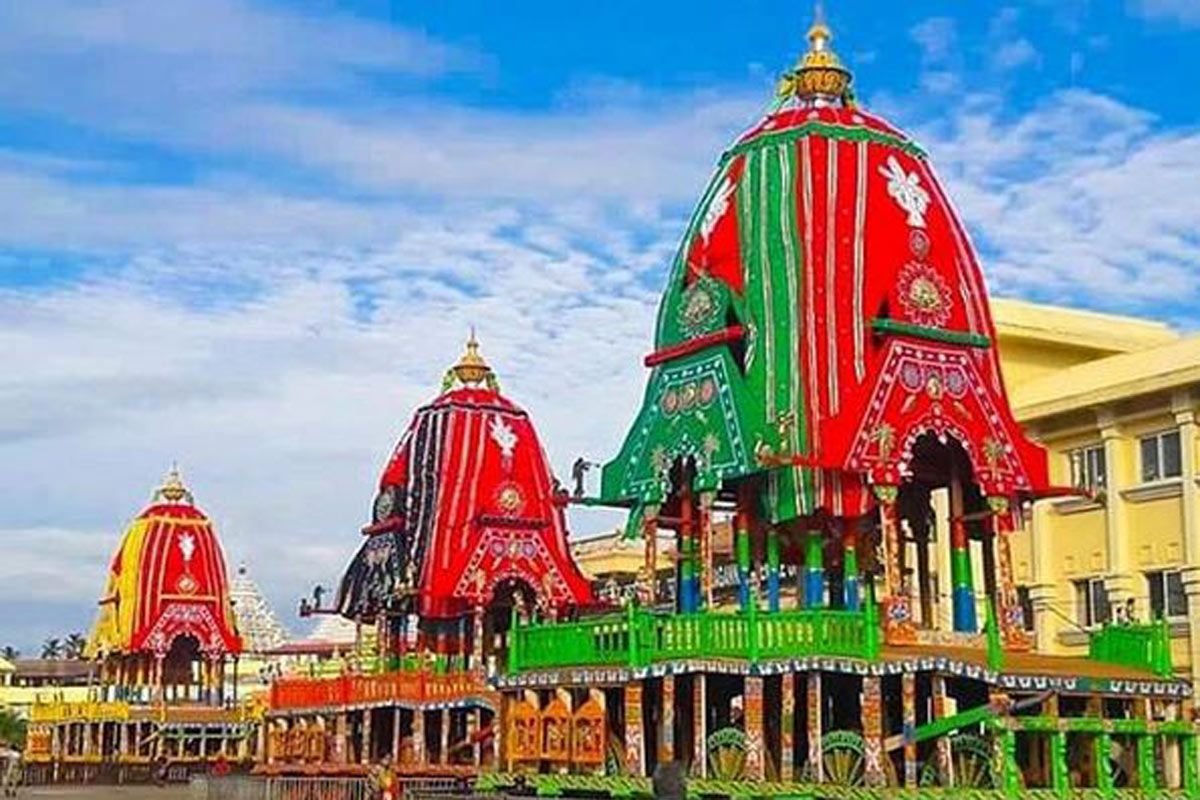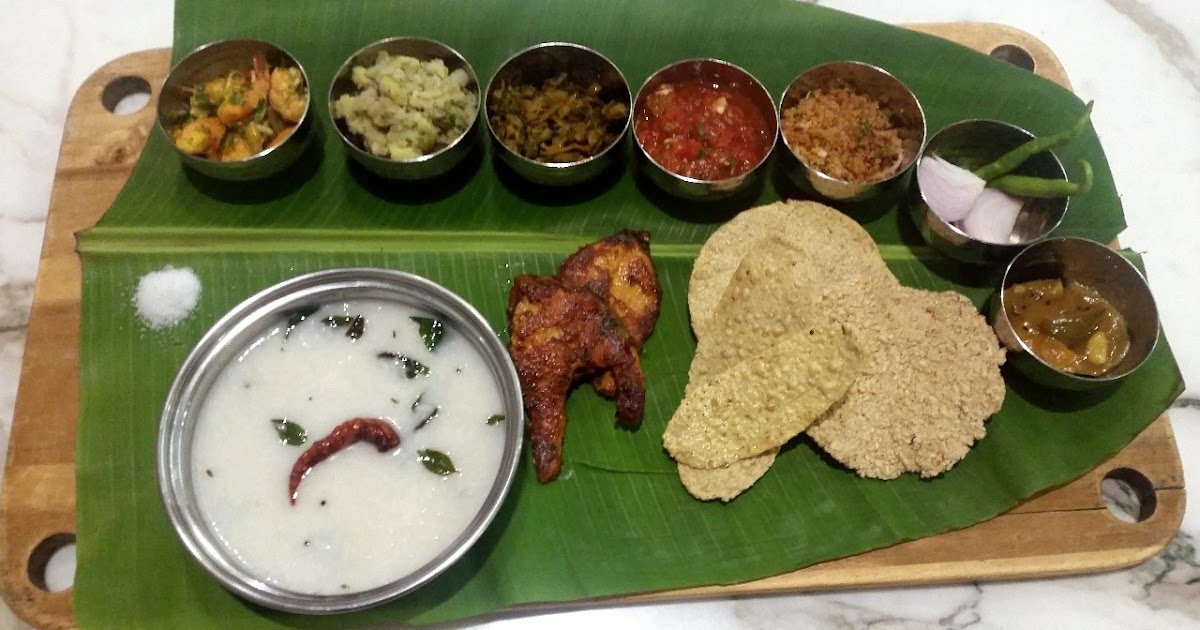The Jagannath Temple is a significant Hindu temple in Puri, Odisha, India, dedicated to Jagannath, a form of Vishnu. The temple is known for its annual chariot festival, Ratha Yatra, and the unique wooden image of Jagannath that is ceremoniously replaced every twelve or 19 years. It is one of the Char Dham pilgrimage sites and is sacred to all Hindus, especially those of the Vaishnava traditions. Many great Vaishnava saints were associated with the temple, and it is of particular significance to the followers of Gaudiya Vaishnavism.
The Jagannath Temple in Puri, India is an ancient and important Hindu temple. The temple has a rich history and several legends associated with it. The temple was rebuilt by the Ganga dynasty king Anantavarman Chodaganga in the 10th century CE, as suggested by the Kendupatna copper-plate inscription of his descendant Narasimhadeva II. Anantavarman was originally a Shaivite, and became a Vaishnavite sometime after he conquered the Utkala region (in which the temple is located) in 1112 CE. A 1134–1135 CE inscription records his donation to the temple. Therefore, the temple construction must have started sometime after 1112 CE.
According to a story in the temple chronicles, it was founded by Anangabhima-deva II, and various chronicles mention the year of construction as 1196, 1197, 1205, 1216, or 1226. This suggests that the temple’s construction was completed or that the temple was renovated during the reign of Anantavarman’s son Anangabhima. The temple complex was further developed during the reigns of the subsequent kings, including those of the Ganga dynasty and the Gajapati dynasty.
Jagannath, Balabhadra, and Subhadra are a trio of deities worshipped at the temple. The inner sanctum of the temple contains the deities of them carved from sacred neem logs known as daru sitting on the bejewelled platform or ratnabedi, along with deities of Sudarshana Chakra, Madanmohan, Sridevi and Vishwadhatri. The deities are adorned with different clothing and jewels according to the season. Worship of these deities pre-dates the building of the temple and may have originated in an ancient tribal shrine.
One of the legends associated with the temple is that it was commissioned by King Indradyumna, son of Bharata and Sunanda, and a Malava king, mentioned in the Mahabharata and the Puranas. According to the Skanda Purana, Brahma Purana and other Puranas, and later Odia works, Jagannath was originally worshipped as Nilamadhava by a savara king (tribal chief) named Vishvavasu. Having heard about the deity, King Indradyumna sent a Brahmin priest, Vidyapati to locate the deity, who was worshipped secretly in a dense forest by Vishvavasu. Vidyapati tried his best but could not locate the place. But at last he managed to marry Vishvavasu’s daughter Lalita. At repeated request of Vidyapti, Vishvavasu took his son-in-law blindfolded to a cave where Nilamadhava was worshipped.
Vidyapati was very intelligent. He dropped mustard seeds on the ground on the way. The seeds germinated after a few days, which enabled him to find out the cave later on. On hearing from him, King Indradyumna proceeded immediately to Odra desha (Odisha) on a pilgrimage to see and worship the Deity. But the deity had disappeared. The king was disappointed. The Deity was hidden in sand. The king was determined not to return without having a darshan of the deity and observed fast unto death at Nilachala. Then a celestial voice cried Thou shalt see him. Afterward, the king performed a horse sacrifice and built a magnificent temple for Vishnu. Narasimha Murti brought by Narada was installed in the temple. During sleep, the king had a vision of Jagannath.
The Jagannath Temple in Puri, India, is a significant temple for Hindus as it is believed to house deities that are considered to be a part of the holy trinity of Hindu gods. The temple’s construction is attributed to King Indradyumna, who invited Brahma, the cosmic creator, to consecrate the temple and images. According to legend, King Indradyumna performed harsh penance to find the mysterious image of Jagannath that manifested near a banyan tree in the form of an Indranila mani or the Blue Jewel. After finding a floating log, the king was instructed to make fourfold expansions of Narayana as Jagannath, Balabhadra, Subhadra, and Sudarsana. Vishwakarma, the architect of Gods, prepared the images of Jagannath, Balabhadra, and Subhadra from the log of wood. The temple has been invaded and plundered eighteen times, as recorded in the temple annals. Non-Hindus are not allowed to enter the temple.
The temple is open from 5:00 am to 10:30 pm, and visitors who are not allowed to enter the temple may view it from the roof of the nearby Raghunandan Library and pay their respects to the image of God Jagannath seen at the main entrance to the temple. The temple’s cultural history is found in the cultures of Hindu tribes, and the three deities are claimed to be the symbols of Samyak Darshan, Samyak Jnana, and Samyak Charita, usually regarded as Ratnatraya.
King Indradyumna’s prayer to Brahma was for him to be issueless and the last member of his family. He did not want anyone to take pride as the owner of the temple after him and not work for society. The temple’s creation is a significant accomplishment in Hindu architecture, with the temple being the tallest monument of the world during King Indradyumna’s time, at 1,000 cubits high. Brahma was immensely pleased with the temple and granted the king his wish.
The temple has a significant festival known as the Ratha Yatra, where the deities of Jagannath, Balabhadra, and Subhadra are taken out of the temple in three chariots and pulled by devotees to the Gundicha Temple, located approximately three kilometers away from the main temple. The festival is observed on the second day of the waxing phase of the moon of the Hindu month of Asadha. The festival is believed to have been started by King Indradyumna, who first installed the deities in the temple.
In conclusion, the Jagannath Temple in Puri, India, is an essential temple for Hindus, housing deities that are a part of the holy trinity of Hindu gods. King Indradyumna’s prayer to Brahma was for him to be issueless and the last member of his family so that no one would take pride as the owner of the temple after him and not work for society. The temple has been invaded and plundered eighteen times, and non-Hindus are not allowed to enter the temple. The temple has a significant festival known as the Ratha Yatra, where the deities are taken out of the temple in three chariots and pulled by devotees to the Gundicha Temple. The festival is believed to have been started by King Indradyumna, who first installed the deities in the temple.





